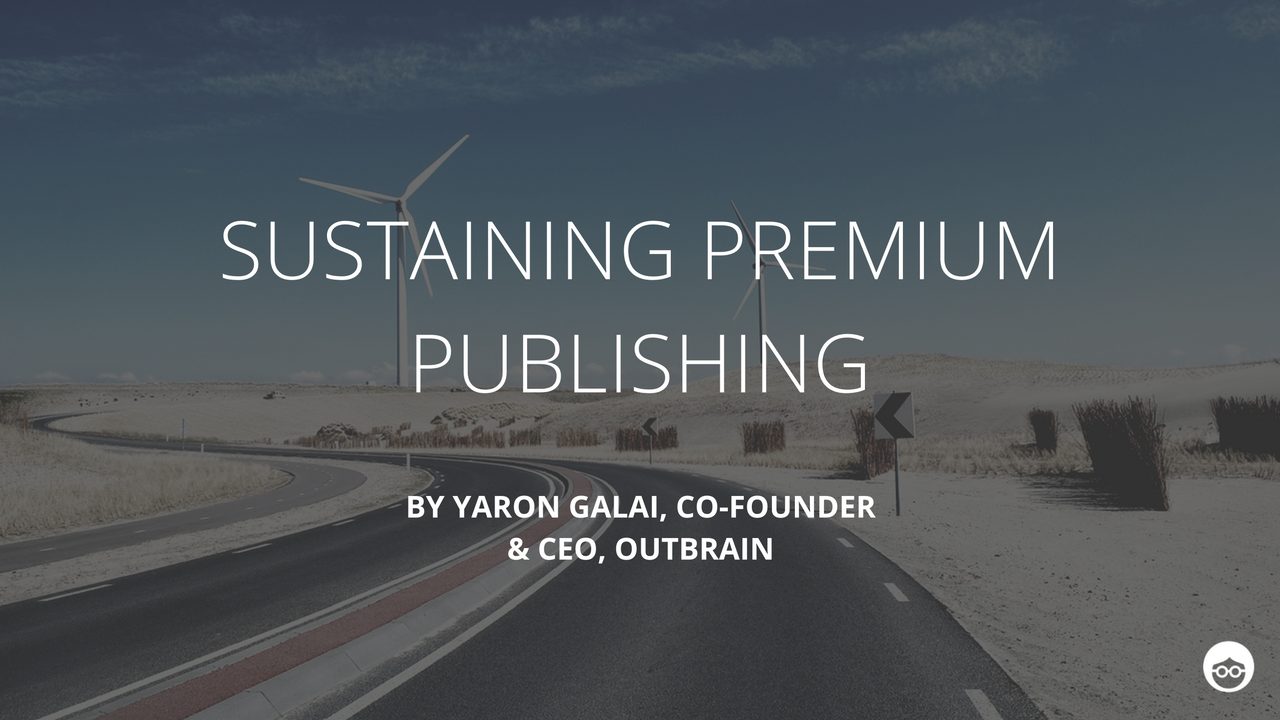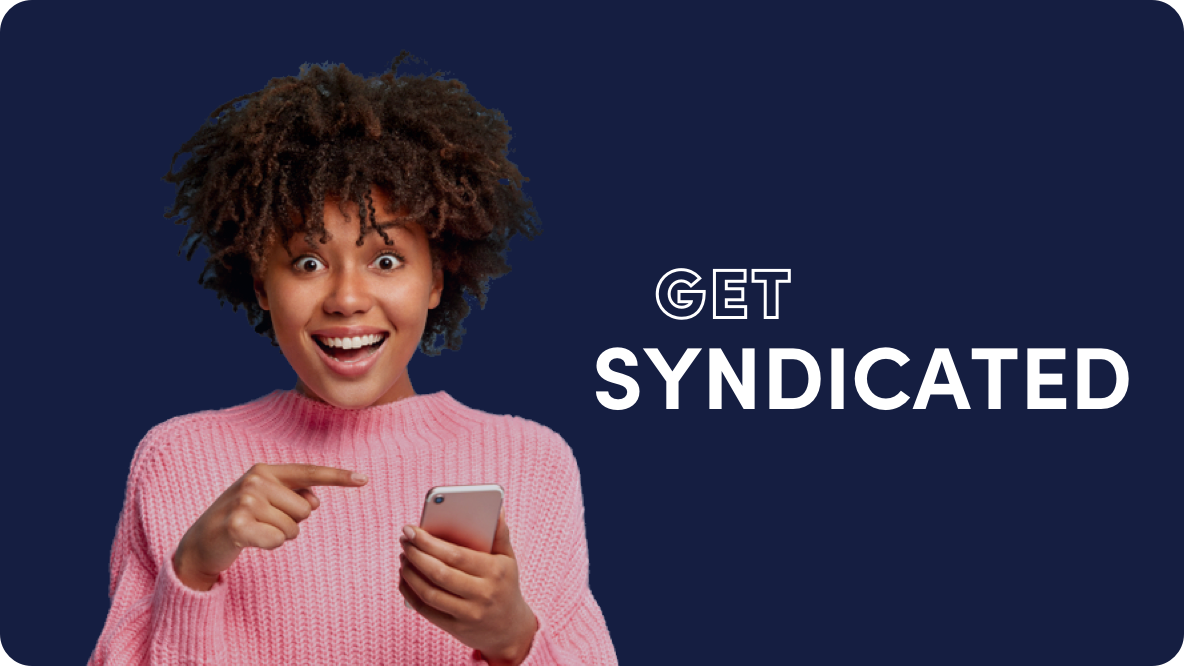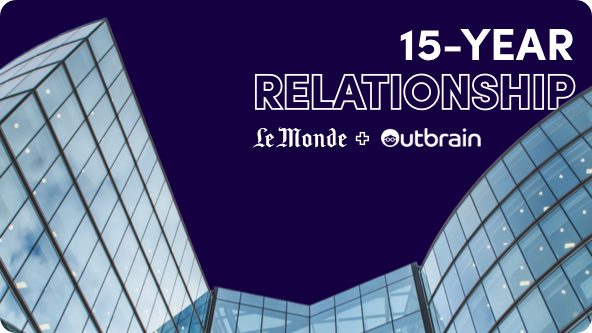Sustaining Premium Publishing

This week, the Content Discovery industry that Outbrain has pioneered turned 10 years old. In the decade since we opened our doors, Outbrain has grown into a business that serves more than 250 billion monthly content recommendations, reaching in the region of a billion users every month across the globe. Our industry’s rapid growth has been powered by both technological innovation and long-standing relationships with the world’s biggest and best media owners and brands.
Earlier this week the New York Times published a story about some challenges in our industry. The article, titled “Publishers Are Rethinking Those ‘Around the Web’ Ads,” focused on two publishers – Slate and the New Yorker – who are rethinking recommendation platforms like our own and alluded to an industry trend. Perhaps a more accurate title would be “One Publisher, Slate, is Rethinking Those Ads” (“…and possibly another one”). While I have much respect for Slate and for the New Yorker, and hope they continue making the best choices for their users and brands, the article neglected to also mention Outbrain’s long-standing partnership with Condé Nast, spanning most of the other titles they own. In fact, we have strong partnerships with thousands of premium publishers. A single publisher or two out of thousands does not make for a trend.
Another important point is that one of the sources quoted throughout the article was positioned as being from a non-profit trade organization. The fact (which was not mentioned) is that this person is also the founder and CEO of a for-profit ad-blocking company that profits when publishers agree to turn off advertising on their site, and benefits from discrediting companies like Outbrain.
While I’m extremely proud of everything we’ve built at Outbrain and the principles we stand for, I am not always thrilled with every single link we serve, and that criticism of our service is well deserved at times. As with Facebook, Google and other breakthrough technologies, we established checks and balances (both technological and human) to prevent inappropriate material being shared, but as with any service of our size we understand that not every link will be an exact fit.
The idea for Outbrain is to help people discover interesting content. We do this by providing the world’s best publishers with a fantastic technology for content discovery, which makes them more sustainable in the long term by providing the two things they need most: a highly engaged audience, and a revenue source that creates value for a publisher’s users rather than interrupt them. I founded Outbrain after seeing in my previous company — Quigo — how short-term driven ad models can lead to deterioration in trust and quality of the ads served to people.
Since the day we started Outbrain, and in every opportunity since, I’ve repeatedly said, “the currency of our market is not dollars, but rather, our currency is consumer trust.” Our entire business model is based on users finding our recommendations interesting and trustworthy so they engage with them. Consumer trust is at the core of our business. And when I say “Our,” I mean it as both Outbrain and of our publisher and marketing partners. The current dollars we earn are meaningless to me, IF they come at the cost of long-term erosion in consumer trust.
That user-first principle remains clear and simple to my team at Outbrain, but along the way, the publishing industry has gotten very complicated. As media companies see their business moving to digital, and from desktop to mobile, the revenues haven’t followed. Publishers need dependable revenue partners like Outbrain to continue delivering the great journalism that you and I as readers and viewers seek out every day. But in reality, this principle might be easier for me to say it than it is for many in the industry to stand by it. And I can’t blame them. Publishers’ business has been under tremendous pressure that few people can fathom (including many of the journalists working for those publishers). Sure, some of those pressures, like ad blockers, might have been self-inflicted. And some are just facts of life — Facebook vacuum cleaning every one of their assets, monetization challenges on mobile, etc, etc.
It’s no wonder then, that when such a paradigm shifting technology such as Outbrain is made available to publishers, some have almost no choice but to push it to its limits and extract every bit of short-term revenue out of it each and every quarter. To be clear, this is not an editorial choice those publishers are making, and obviously all of our partners would love nothing more than the most premium experience. But it is an indirect choice media owners are making by setting very clear, and very high, goalposts for how much revenue Outbrain’s platform has to yield for them every month. And for the hard working people at many wonderful, premium publishers, whose content we all enjoy every day, setting these revenue goalposts can mean their company’s survival.
There are also publishers that care greatly about their long-term user engagement, and prefer to increase users’ trust in their brand, even if that comes at a cost of some immediate revenue. With those partners, Outbrain typically serves far fewer paid links and limits them to those that best fit the brand of the publisher. Though we earn with those publishers far less money than we theoretically could, I am thrilled about those partnerships because they maximize with Outbrain the currency that I view as most critical for long term sustainability — user trust.
Ultimately, the successful publishers will be those that smartly balance between short-term revenue needs, and long-term user engagement and trust. The latter can’t happen without the former.
The Outbrain platform goes well beyond paid links. We have invested heavily in helping publishers get the most value out of their content. We have spent millions of dollars to acquire companies that help improve the quality of the content on our publishers: Visual Revenue helps editorial teams better program their content; Revee helps publishers be smarter about their internal linking from one story or video to another. And speaking about internal linking — roughly 70% of all the clicks Outbrain generates, point to another story on the same publisher. These create tremendous value for the publishers and their users, and Outbrain does not get paid for those in any way.
We are extremely proud to have created roughly one billion dollars for Outbrain publisher partners in revenues they otherwise would not have made. And we are extremely proud to be the top external revenue source and top source of audience engagement for many of our partners.
It’s still early in our journey at Outbrain and we are committed to working with our publisher and marketer partners to, achieve the quality of content we aspire to with each and every Outbrain link. As we continue on that road, we are extremely proud for being one of the most important pillars that many of the world’s best publishers can rely on each and every day.
We invite every publisher that feels like Slate does about the long-term quality of its brand to connect with us and see how Outbrain can be the perfect platform for serving that need.
For those interested in better understanding Outbrain’s decade of commitments to publishers’ long-term sustainability, and to consumer trust in content recommendations, here are some extra reading/watching materials:
- AdAge, November 2012: “Outbrain Expects 25% Revenue Hit As It Cuts Off Spammy Content Marketers”
- DM News, July 2014: “Content recommender Outbrain is banning ads that look like link-bait articles”
- Outbrain’s Blog, September 2015: “The Long-Term Value of Trust in Digital Media”
- Pando, August 2012: “It Took Yaron Galai Four Startups to Build the One He Always Wanted to Build”
- MediaShift (by Yaron Galai), June 2014: “You Are What You Recommend: Publishers Must Be Vigilant with ‘Related Links’ Revenue”
- Yaron Galai interview on TWIST, November 2011: https://www.youtube.com/watch?v=Hod1FEgy8Tk
- Media Post, February 2016: “Outbrain CEO Yaron Galai: Publishers Get Paid With Readers’ Attention”












